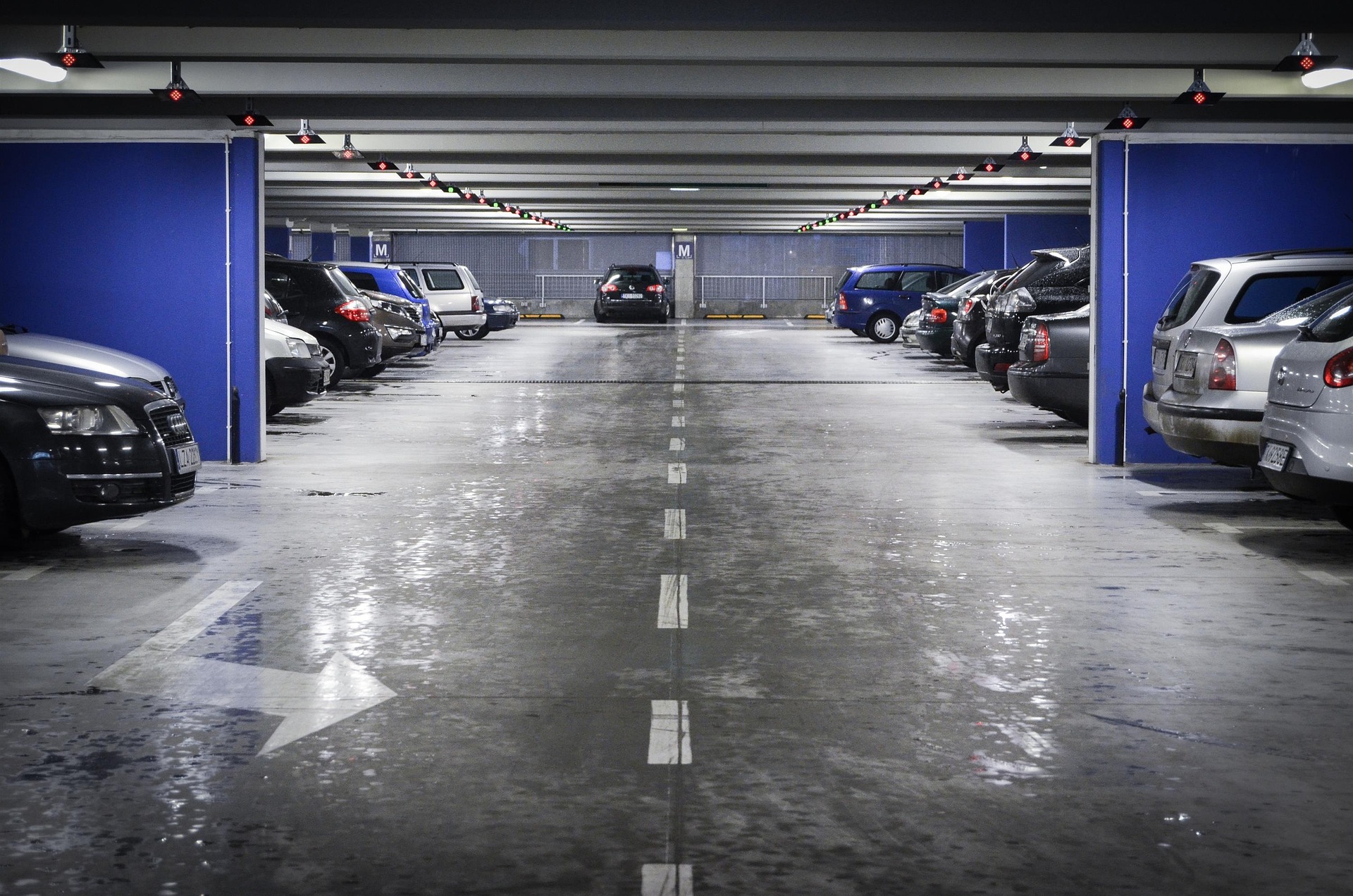
Image by Michal Jarmoluk from Pixabay
With brutal weather always a possibility in winter, many Canadians turn into snowbirds and flee south for months at a time. But if you’re one of them and must leave your vehicle behind, will you come home to a damaged car or truck? Not necessarily, if you follow these tips for a car sitting in cold weather. You’ll learn what to do when not using a car for a long time and how to prepare when not driving a car for three months or even longer.
Is It Bad to Let a Vehicle Sit? Here Are the Risks
Letting your vehicle sit for a few weeks while you jet off on a relatively quick vacation isn’t normally a problem. If it’s in good shape, the worst you’ll encounter on your return to British Columbia or another province is finding it covered in snow or ice. It should start right away and warm up within a normal amount of time.
However, if you are gone for a few months or more, the risk of coming home to problems increases. Common issues you may find after a winter away include:
- Dead or low battery
- Reduced tire pressure or deflated tires
- Rodents nesting in the vehicle
- Degradation of fuel in the tank
- Reduced fluid efficacy
- Damage to the exterior
How Long Can You Let a Vehicle Sit While You’re Away?
The length of time your car or truck can sit without problems is influenced by multiple factors:
- The age and condition of the vehicle
- The weather while you’re away
- Where the vehicle is left
- How you prepare the vehicle
Letting a car sit for six months unattended isn’t recommended, but three months is feasible using the tips in the section below. If you’re going to be gone longer than that, consider hiring someone to care for it or asking your mechanic for a storage recommendation. There are garages that will house your unused vehicle and start it periodically, checking to make sure everything stays in good condition in your absence.
How Can You Prevent Damage While Your Vehicle Sits Unused?
Clean your car before leaving
Prior to letting your car sit, it’s smart to get it washed, ideally somewhere that will clean the undercarriage. This will remove road salt, dirt, oil, and other unwanted materials that could degrade components while the vehicle is not in use. If you expect the weather to be harsh and will be keeping your car outdoors, an extra coating of wax is a good idea.
Fill the tank
Top off the gas tank before leaving the vehicle to reduce the amount of moisture in it. You can add a fuel stabilizer when you fill up, which decreases ethanol buildup and keeps gas fresher.
Give the vehicle shelter
Perhaps the best thing you can do for your vehicle is to store it in a dry garage out of inclement weather. This will protect it from precipitation, ice formation, salt spray, and other hazards that can hasten both interior and exterior damage.
If you must leave the automobile outside, park it on pavement (not grass or dirt, which attracts moisture). Place a thick protective cover over it. You can purchase one designed for your make and model online or from a dealer or an automotive supply centre.
Use a trickle charger
Parking the vehicle in a garage gives you an advantage you probably won’t get outside: the ability to connect a trickle charger (aka battery tender) to the battery. This will prevent you from coming home to a dead battery and having to jump-start your car.
If you’re going to be gone for longer than a couple of months and a trickle charger isn’t a possibility, talk to your mechanic. It may be preferable to remove the battery altogether, but this isn’t something you should attempt on your own.
Avoid using the parking brake
It may surprise you to learn that the parking brake is only for short-term use. Don’t engage it when letting your car sit for a week or more, as it can encourage brake corrosion.
Take care of the tires
Start tire care by making sure they are inflated to the proper amount as recommended by the manufacturer. Check for any punctures or wear that is causing them to lose pressure faster than normal.
If you’re going away for a long period, you can talk to your mechanic or automotive storage facility about putting the car up on jacks to relieve pressure on the tires. Some owners remove the wheels entirely, but like removing the battery, it’s probably a job for the pros.
Discourage vermin
Make your vehicle inhospitable to mice, squirrels, and other unwelcome visitors by vermin-proofing it:
- Remove any food, paper, or items that would attract pests.
- Plug any gaps, including the exhaust pipe, with steel wool to prevent entry.
- Leave some moth balls or cotton balls sprayed with peppermint oil in the interior.
- Place traps in spots around the garage known to attract vermin.
Remove attractions for thieves
If leaving your vehicle outside, even for a week’s jaunt, don’t make it attractive to criminals, lest you return to broken windows or drilled door locks. Take out anything from the interior — even loose change or a phone charger — that would tempt thieves. Remove everything from the glove box and leave it open to show would-be criminals it’s not worth it.
Change the oil and invest in a professional once-over
Starting the engine again after time away will be easier with fresh oil. In general, it’s helpful to have your mechanic do a check before you plan to depart for a long trip so any other fluids can be topped off and the battery health can be assessed.
Consider scheduling an appointment when you return after months away if you have an older vehicle or sense a problem after the vehicle has been sitting. Your car, truck, or van is one of your biggest investments, and professional attention will help extend its lifespan so your investment pays off.
Word count: 1120/750
The text has been certified 100% original by Copyscape
Edit
Download
